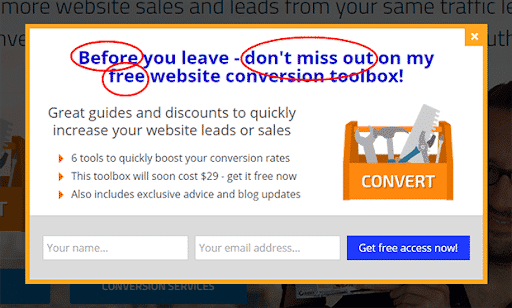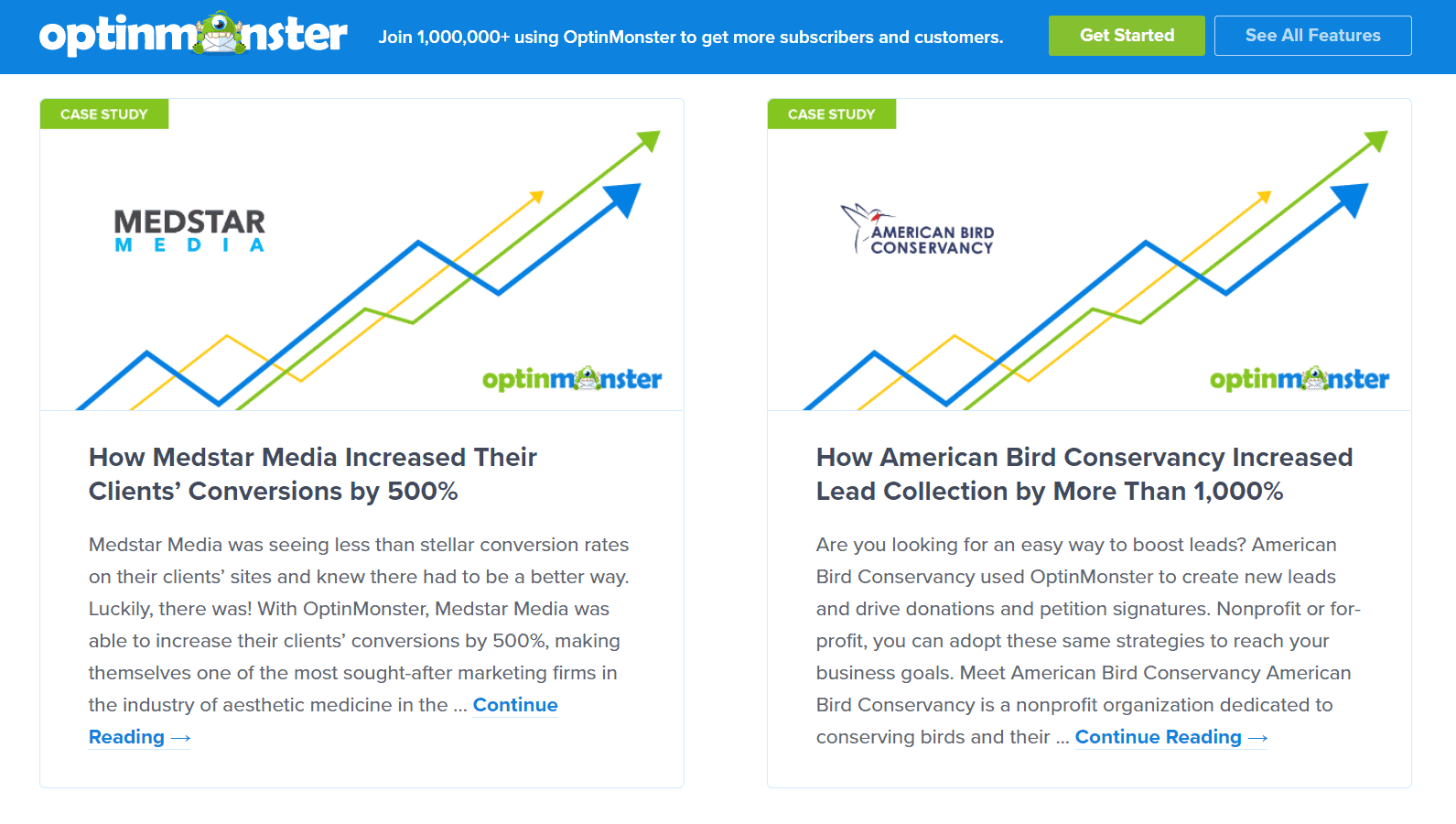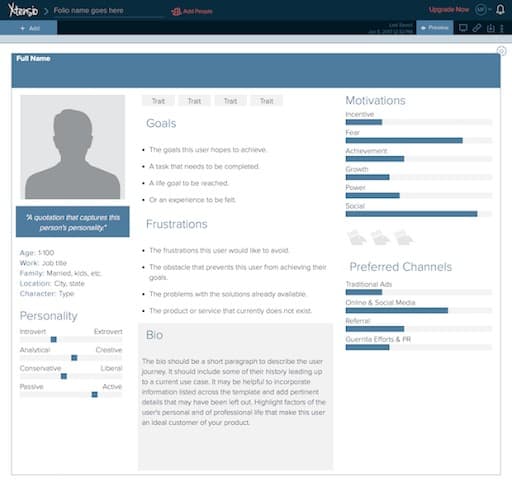How to Use Emotion in Your B2B Content Marketing to Build Connection

We instinctively think that emotion in content matters more to B2C customers than to B2B ones within the context of B2B content marketing.
But there’s a surprising find in this study by the CEB and Google: B2B buyers are more attached to the brands they buy from than B2C customers.
If you think about it, it makes perfect sense.
When it comes to B2B buying, the risk and the expenditure involved is much higher. B2B customers need to do more research before choosing a product. If they pick the wrong supplier or buy the wrong product, they’ve lost a great deal of time and money.
What’s even more painful is that their customers’ experiences can also be negatively affected.
It’s clear that you need to provide content that creates an emotional connection to your B2B customers. The right content will build trust and loyalty which translates into monetary gains.
You’ll be able to convert leads into buyers and maintain the customers you do have, making it unnecessary to spend a great deal of money to acquire new ones.
Wondering how to add emotion to your B2B content marketing for your B2B customers? Let’s look at some easy and effective ways to do just that.
1. Supercharge your headlines
The first thing that catches the eye of your reader and tells them what your content is about is the headline. It’s an important place where you can add emotion and get people’s attention.
There are certain words that draw the eye and trigger emotional responses right away. In digital marketing, they’re called power words because they have a proven impact on conversion rates. Just adding a few power words into your copy can increase conversions by 12.7%.
There are hundreds of power words to choose from! And you can use different types of words to create specific emotional reactions. Here’s a brief look at a few types of power words that can sprinkle into your headlines:
- Greed words: These are words that build on thoughts of scarcity, loss aversion, or the desire to possess something valuable. The top greed words are New, Limited, Deadline, Gift, and Money.
- Sloth words: People love to save time and effort. Adding sloth words like How-to, Basic, Easy, Free, Simple, and Quick will immediately appeal to your audience.
- Vanity words: Use vanity words to make your audience feel more that you’re offering them success or greater attractiveness. Ultimate, Bold, Sensational, Conquer, and Daring are some words that instantly make an impression.
For example, check out the headline on this lead magnet that uses power words to encourage visitors to sign up for an email list:

Finally, you can use a headline analyzer tool to check if your headline is effective. You’ll know whether to add a power word to give it a boost or to shorten it for greater effect.
2. Create case studies
When your B2B clients can picture how your solution works, they’ll feel more confident about investing in your brand.
With case studies, you have a format that combines storytelling with numbers and facts. You can create a detailed description of your existing clients’ problems and how your product and services helped them.
In your case study, talk about your client’s problems and how they were affected at a personal level. Use quotes and testimonials to make the case study come alive. But remember to add numbers in the form of dollar values and percentages to appeal to your B2B audience’s business sense.
Display your case studies prominently on your website like in this content marketing example below:

Website visitors will be able to see the real impact created by your product/service and learn about the concerns of an organization, as well as how using the tool led to positive and measurable outcomes.
3. Personalize your B2B content marketing
The aforementioned study on emotions in B2B marketing claims that in a B2B purchasing process, buyers tend to stall their buying when they come close to the end of the purchasing cycle.
This is because they feel a disconnect from the brand as the information flow becomes more technical and loses the emotional and personal aspect of communication.
To overcome this problem, it’s essential to make your communication more personalized even when customers are in the mid-funnel stage evaluating features and specifications.
Use the following ideas to make your content more personalized so that it appeals to your B2B audience at an emotional level.
Do audience research
While you can add Google Analytics to your website to understand the demographics and behavior of your audience, you’ll find that it’s harder to gauge their feelings.
If possible, try to have direct conversations with your B2B leads and ask them about what they’re looking for beyond the product specifications. A business looking for an LMS platform needs a comprehensive tool to support their educational needs. But at a higher level, their goals may be to educate young people and improve lives.
When you understand what’s important to them, you’ll build content that’s relevant to their higher goals.
Build a customer persona
Based on your research and experience, you can create customer avatars or personas. When you create an image of your ideal B2B customer, you’ll start seeing them as the people they are.
It will make it easier for you to keep your customer in mind when building your content.
You can use a template, like the one below from Xtensio, to easily build a customer persona.

Ask for feedback
Think about the journey your customer takes when buying from your brand. From the moment they hear about you until the after-purchase process, there are several key touchpoints where you’re interacting with them.
Embed a feedback-collecting mechanism at relevant touchpoints so that you can understand how they feel. You can use a form plugin to create conversational forms or to carry out a Net Promoter Score survey.
It’s also helpful to add open-ended questions so that your audience can freely express themselves. With feedback, you’ll be able to rethink your content so that it addresses your audience’s concerns.
Use social media listening tools
Customers may find it difficult to tell you personally how they’re feeling. But they’re usually far more comfortable expressing themselves on social media.
One of the most important tools you can use to personalize your content is a social media listening tool. You’ll learn about what they’re pain points are, what they think about your or your competitor’s product, and other relevant information.
Social media is a gold mine of information where you’ll learn what your audience is really thinking. You’ll be able to address their fears and frustrations and provide them with helpful solutions.
Embed CRM
A CRM tool is essential for you to gather information about your leads and to help your staff offer personalized experiences.
What’s more, you’ll learn about purchase patterns and other behavior that will give you an idea of how they react to your content and product emotionally.
Understanding your customers and personalizing your material for them will help you create an emotional connection. This is a ‘positive’ approach to adding emotion to your content. Let’s learn how you can address less positive vibes and leverage your customers’ pain points to speed up your sales process.
4. Leverage the fear of missing out
Using the Fear of Missing Out phenomenon on your B2B audience can be effective since they are more willing to reduce risk by lowering expenses.
FOMO or the Fear of Missing Out is a well known psychological phenomenon used in marketing. If you’ve ever felt compelled to buy something because it’s a ‘limited-time’ offer, then you’ve experienced FOMO. Today, some 60% of Millennials make reactive purchases due to FOMO and they form the largest generational group that reacts to it and buys something.
Consider leveraging this phenomenon in your B2B marketing a few different ways:
- Add a countdown timer: Use plugins to create a sales countdown timer on your products page to display the time left before an offer runs out.
- Offer time-restricted discounts: Reach out to your audience through email to offer them a time-restricted opportunity to buy your solution at a discounted price.
- Provide upgrades for special actions: Depending on your business arena, you can offer free shipping, an upgrade, or an extended warranty for specific actions. These actions can include taking year-long subscriptions, writing reviews, or sharing your content on social media.
Leveraging FOMO automatically helps you to use emotions, namely urgency and fear, to engage your audience. Think about providing them with something that appeals to their need for safety. You’ll be able to create meaningful content that saves your B2B customers money and lowers their investment-risk.
5. Build emotion with images
So far, we have looked at ways to build emotion in your B2B content marketing primarily in text form. But you can heighten emotional responses to a much larger degree by using visuals in the form of images and videos.
Images and videos matter because you need to showcase your product features and how your solutions work. But remember when we said earlier that B2B customers felt disconnected when communication became technical and lost its human touch?
Well, keep this in mind when you’re adding images to your blog posts or making a video. While you do need to offer technical information, you need to give your customers a way to trust you through your content. Building trust becomes easier if you use visuals that speak to their values.
Many large brands feature their brand values and the emotional impact of their work on their websites and on social media. You can do something similar by sharing your business journey or showcasing your employees or customers to humanize your brand.
Check out laptop supplier HP’s Facebook page. You’ll find that it and many other businesses are focusing on values and feelings that matter to society at large.

Make use of visuals in a similar way in your business to assure your customers that they can rely on you and trust you.
Will this change how you view B2B content marketing?
Your B2B customers have more to lose if a purchase is the wrong one or if they can’t get support from a brand. Since risk-aversion and doubts play an important role in their purchasing behavior, you need to provide content that mitigates these feelings. And emotional content will help you do that.
We’ve looked at several ways you can add emotion to content, especially for the B2B market. Use the suggestions given in this post and you’re certain to create long-term and rewarding connections with your B2B audience.


